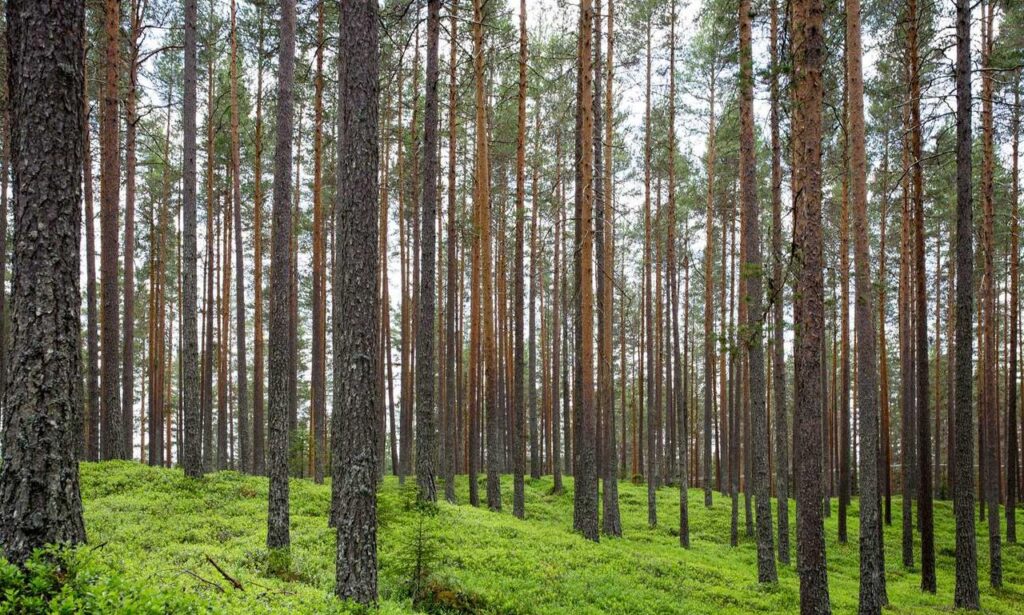Getting There is Half the Story
Nummazaki doesn’t roll out a red carpet for tourists—and that’s part of the appeal. Reaching it might involve a couple of transfers, maybe a local train, and then a bus that’s halfempty. It’s the kind of journey that forces you to slow down. You’re not looking at your phone—you’re watching rice fields flash by, listening to little towns do their thing in the background. It’s a good warmup for what’s coming.
Coastal Clarity and Crisp Air
The tides matter here. Mornings in Nummazaki start with cool air rolling in from the ocean. Fishermen pack up early, the salt hits your nose, and the sound of water slapping docks is your alarm clock. But the real scene happens around midmorning: hikers heading to the cliffs, locals doing Tai Chi near the rocky outcrops, maybe a couple of painters trying to catch the light right.
There’s not a lot of noise—just gulls, waves, and the occasional bike rumbling past. It’s cleansing without being cliché.
Local Food with Zero Pretense
Nummazaki doesn’t play the fusion game. No imported ingredients, no overdescriptive menus. What you get here is elemental: seasonal seafood, pickled vegetables, sweets made just like grandma did them. A bowl of miso in a seaside shack tastes better when the view is pure horizon. You’re not snapping pics—you’re clearing the bowl.
One stall near the fishing port sells grilled squid that locals swear by. No name, no marketing. People just know. That kind of culinary wordofmouth, passed down, not posted up.
Community That Moves Quietly
There’s no tourist center blasting leaflets into your hands. Instead, community centers double as exhibition spaces or impromptu concert spots. Bulletins are still on paper. Locals might nod at you but won’t swarm you with friendliness. You’re a guest, not a consumer. Respect goes both ways.
The local school sometimes opens its playground on Sundays, inviting kids and outsiders to join a lowkey sports day. No formal invite needed—just show up and lend a hand with setup if you can. It’s these unscheduled moments that give highlights of nummazaki its edge.
Trails Worth the Dust
There are hiking paths here that haven’t been Instagrammed to death. Some take you right to the cliff edge, others lead inward to mossy shrines only known to residents. The trails aren’t groomed for show—they’re raw and real. Signage is minimal, trail markers might be a painted rock or a string on a tree. But the payoff? Silence, scale, and a kind of solitude that’s getting rare.
Bring your own water. Bring your own sense of direction. You won’t find guideposts every few meters. And that’s the point.
No Souvenirs, Just Stories
Some places sell you the experience. Nummazaki hands it to you plain and unpolished. You won’t leave with trinkets or branded tote bags—probably no receipts or glossy brochures either. What sticks is a face you remember from a meal, the bite of wind off the shore, the way dusk settles without ceremony.
What you carry home from Nummazaki can’t be scanned at a checkout line. And that’s why you’ll think of it the next time you’re annoyed by crowds or plastic food displays.
Final Thoughts
For every obvious destination, there’s a quiet contender. Somewhere that skips the pitch and just lets you be there. The highlights of nummazaki aren’t curated for spotlight—they exist whether you show up or not. But if you’re done with the polished scene and craving something that hits different, this place is waiting.
It won’t clap when you leave. But it’ll linger.
